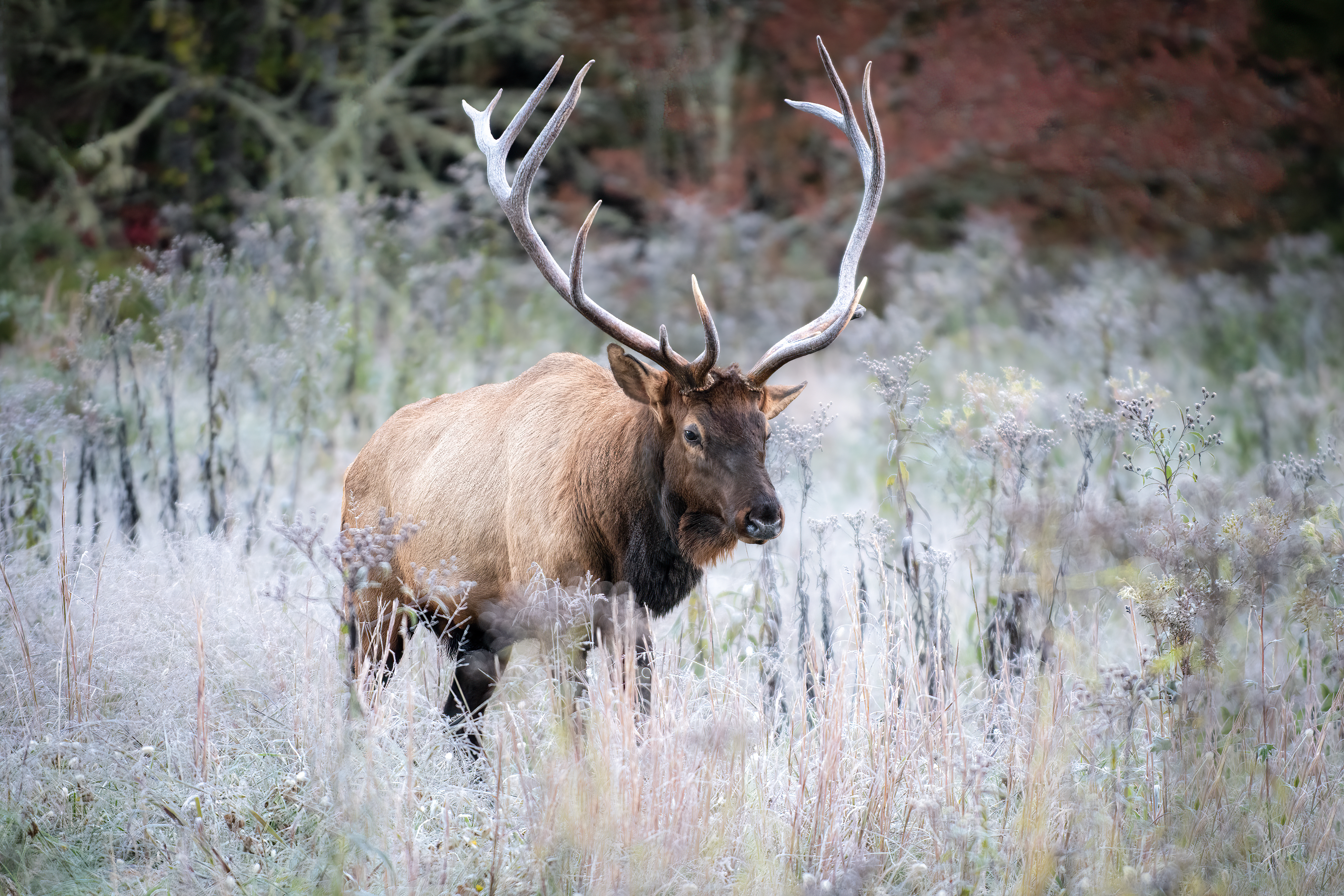Recent discussion in the Cavalry folder about Jaguar Chaperas and eventually big cats, led me to think...what other sort of wildlife is now abscent from various locations in America?
For example; I've heard that Elk once roamed the Mountains of VA...today VA is devoid of any signs they once inhabited here...
Does anyone have documentation to support this or other types of now abscent wildlife, which our forebearers would have been aware of/hunted/lived with?
Paul B.
For example; I've heard that Elk once roamed the Mountains of VA...today VA is devoid of any signs they once inhabited here...
Does anyone have documentation to support this or other types of now abscent wildlife, which our forebearers would have been aware of/hunted/lived with?
Paul B.







Comment